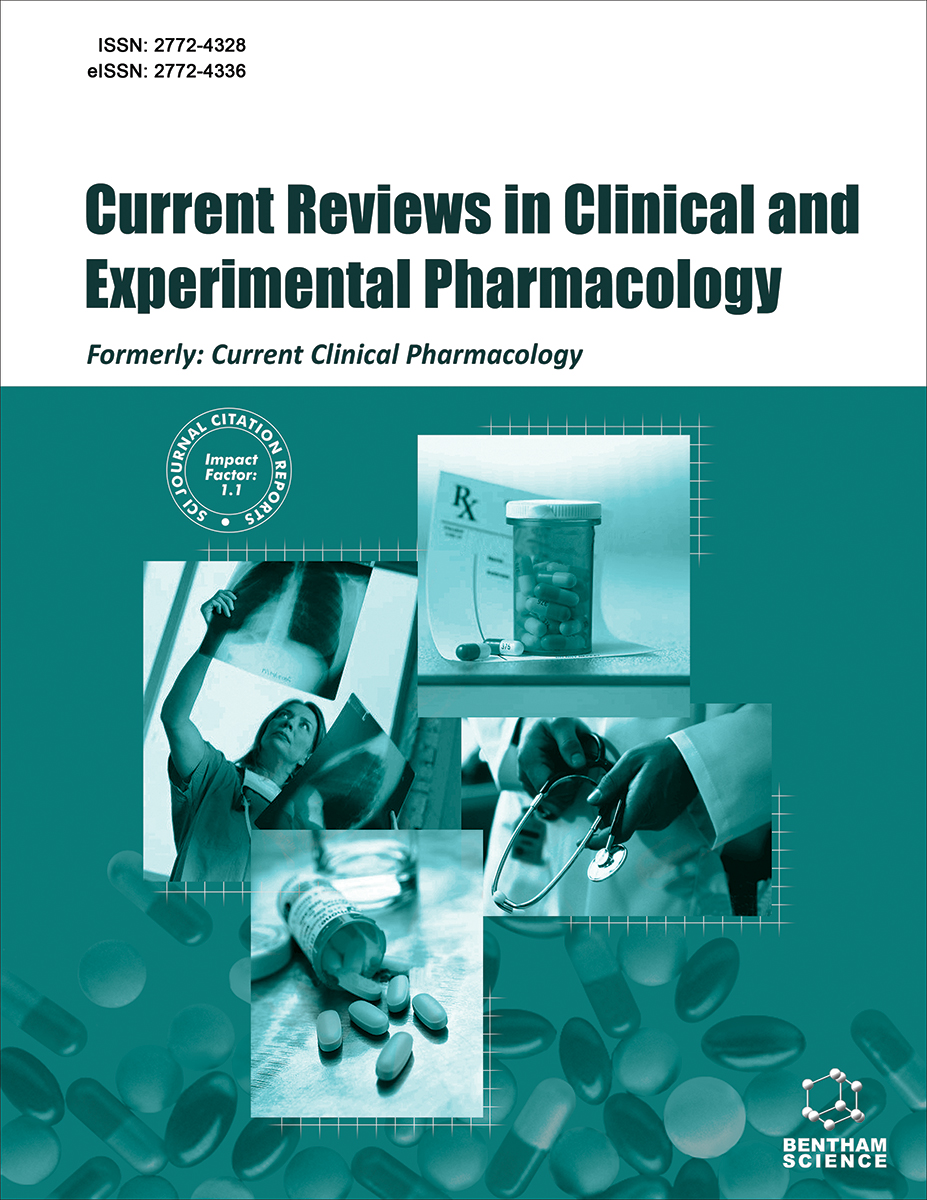
Full text loading...
We use cookies to track usage and preferences.I Understand

Examining antifungal resistance in dermatophytes is crucial in infectious diseases, dermatology, and clinical microbiology. The increasing occurrence of resistant infections and their influence on the effectiveness of therapy seem overwhelming. This study examines the present condition of antifungal resistance in dermatophytes, highlighting the need for ongoing and up-to-date research. Fungal diseases constantly change, and fungi have developed new resistance mechanisms. Here, we analyze the historical context of research on antifungal resistance, examining the variables that contribute to the development of resistance, such as the growing use of antifungals in clinical and agricultural contexts. We also explore the consequences of resistance to antifungal agents in clinical practice and public health. The review emphasizes the significance of new diagnostic technologies, like next-generation sequencing, in comprehending resistance mechanisms. It also underscores the crucial role of international collaboration in tackling this worldwide health concern. In conclusion, the paper emphasizes the need for continuous research to adjust to the evolving epidemiology of dermatophyte infections, create efficient treatment approaches, and guide public health interventions. This will ensure that the management of antifungal resistance is grounded in the most up-to-date scientific knowledge and optimal methods.

Article metrics loading...

Full text loading...
References


Data & Media loading...